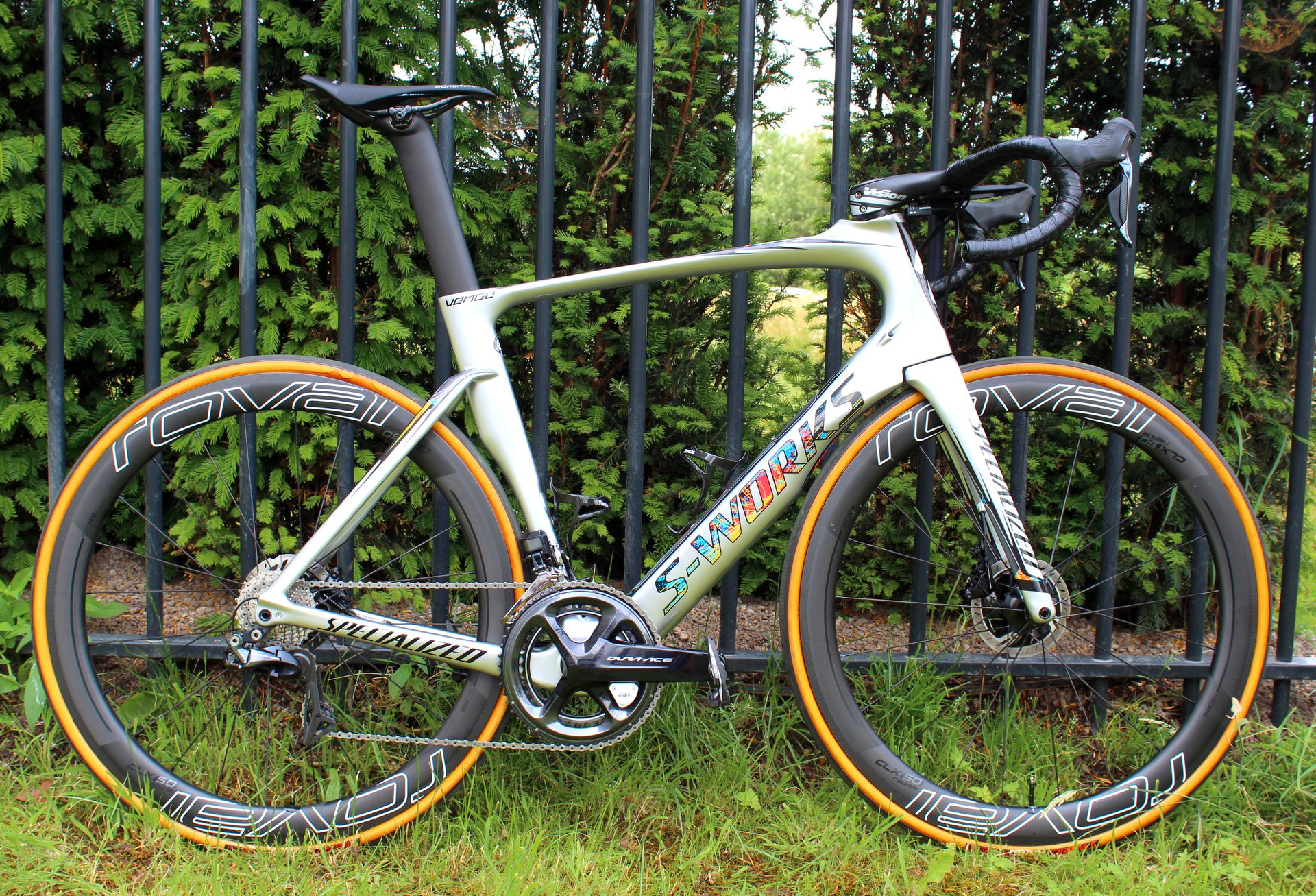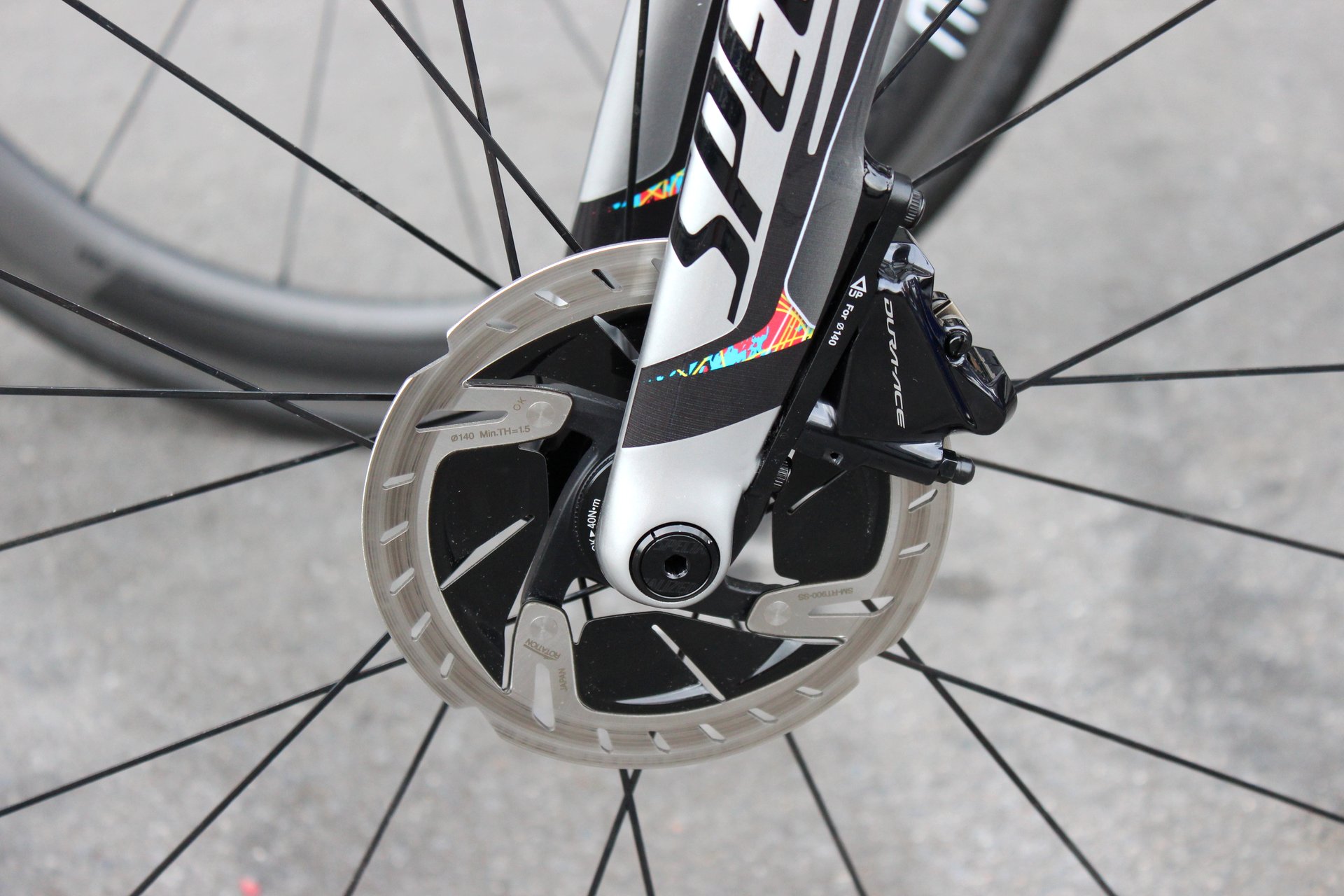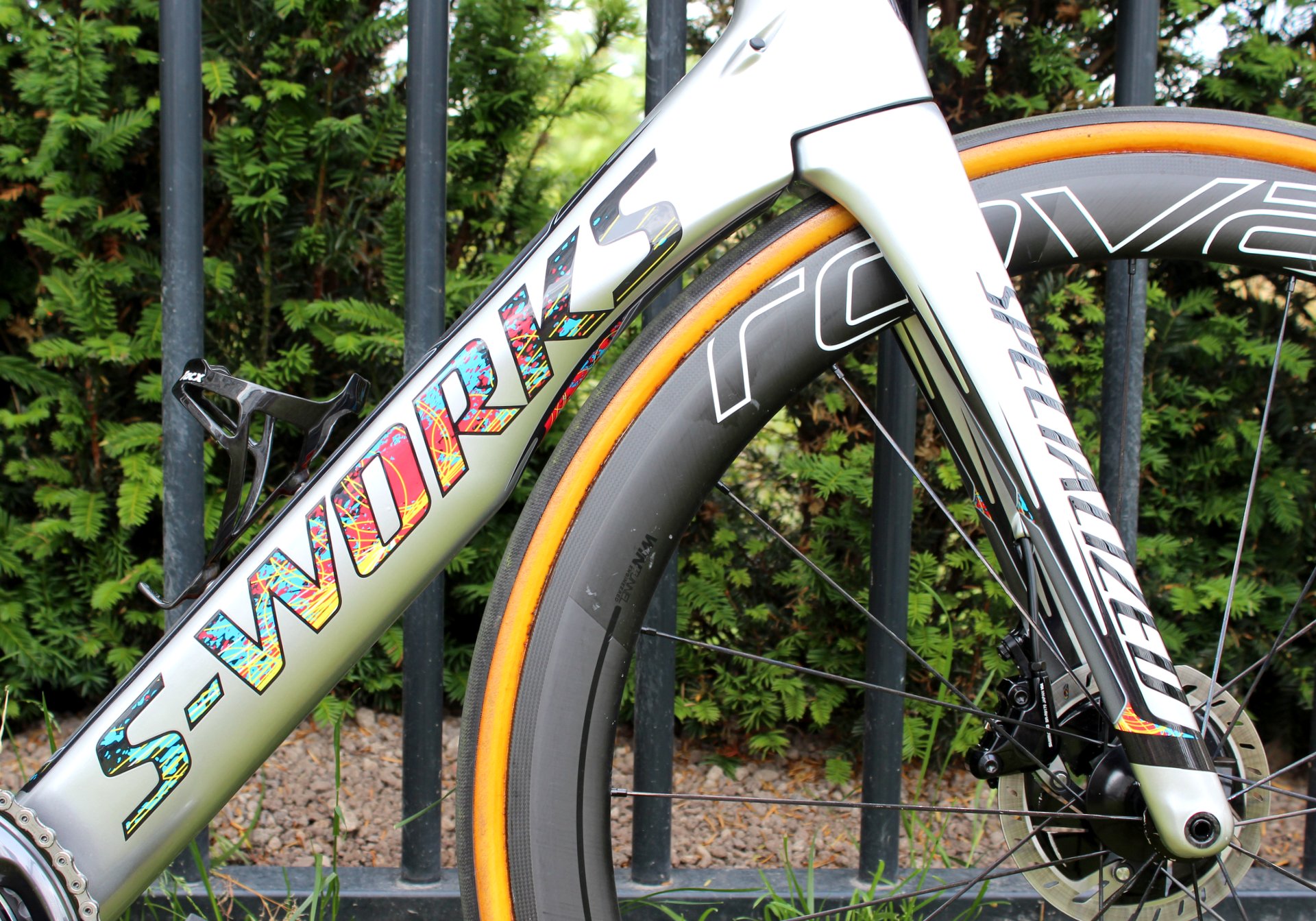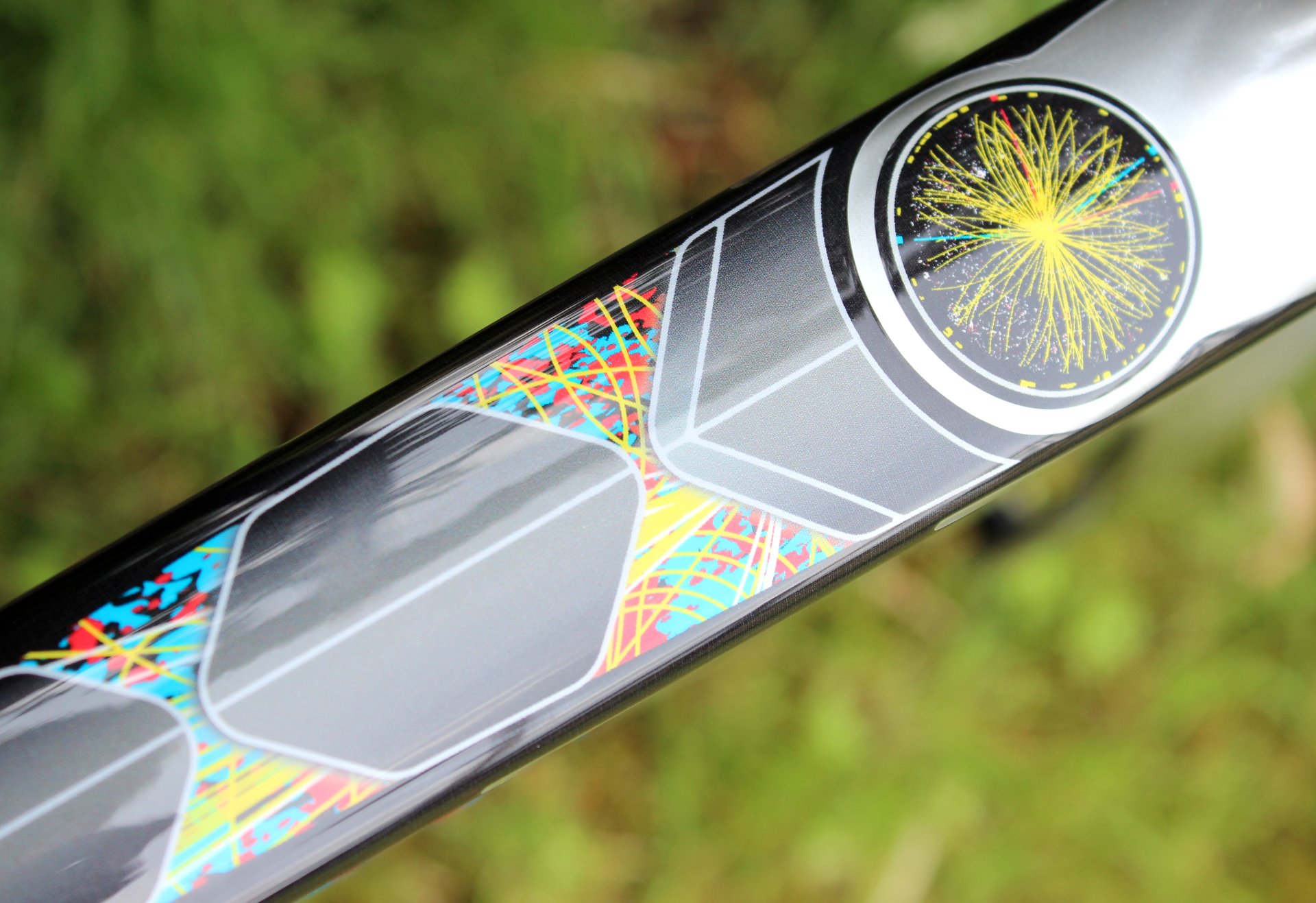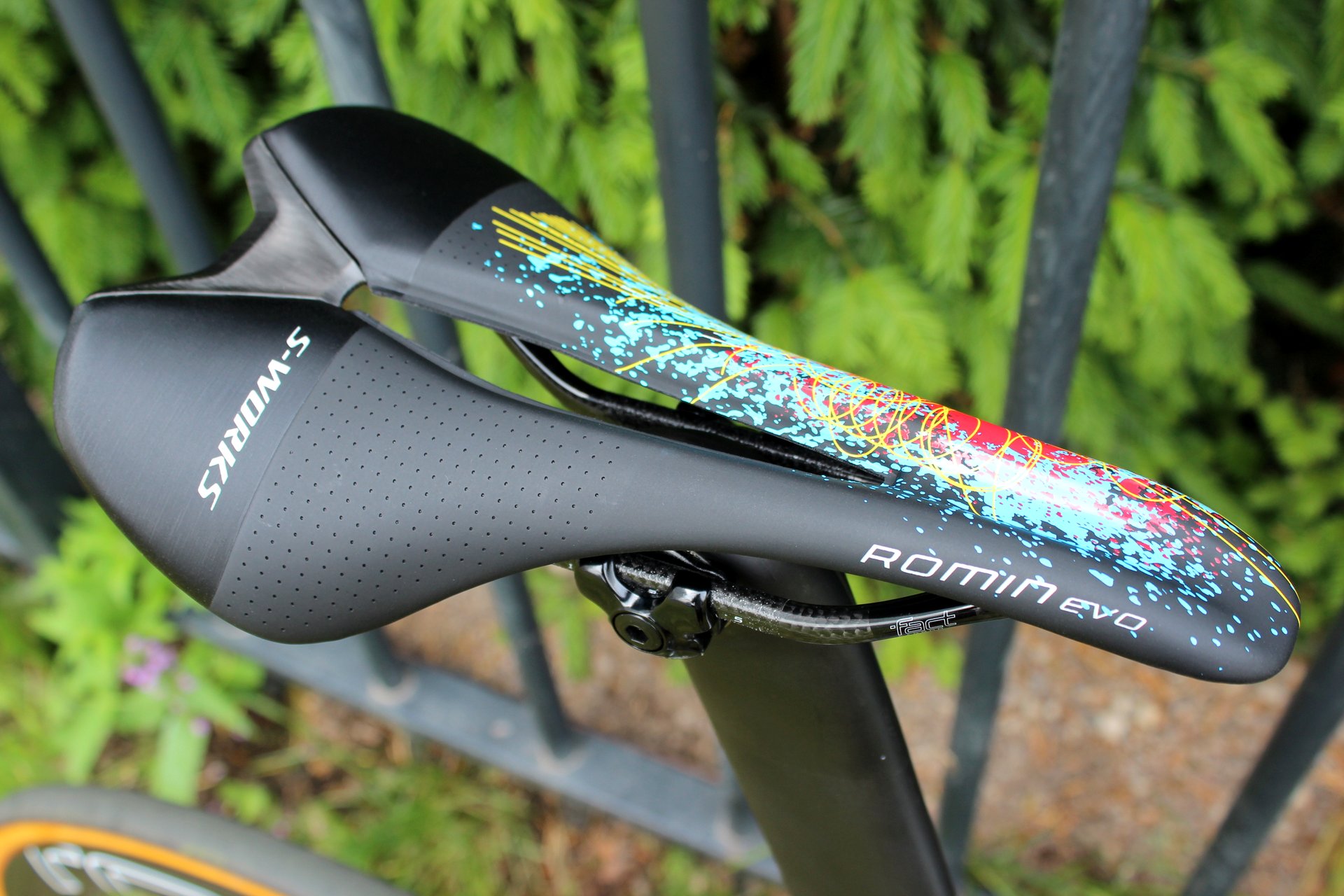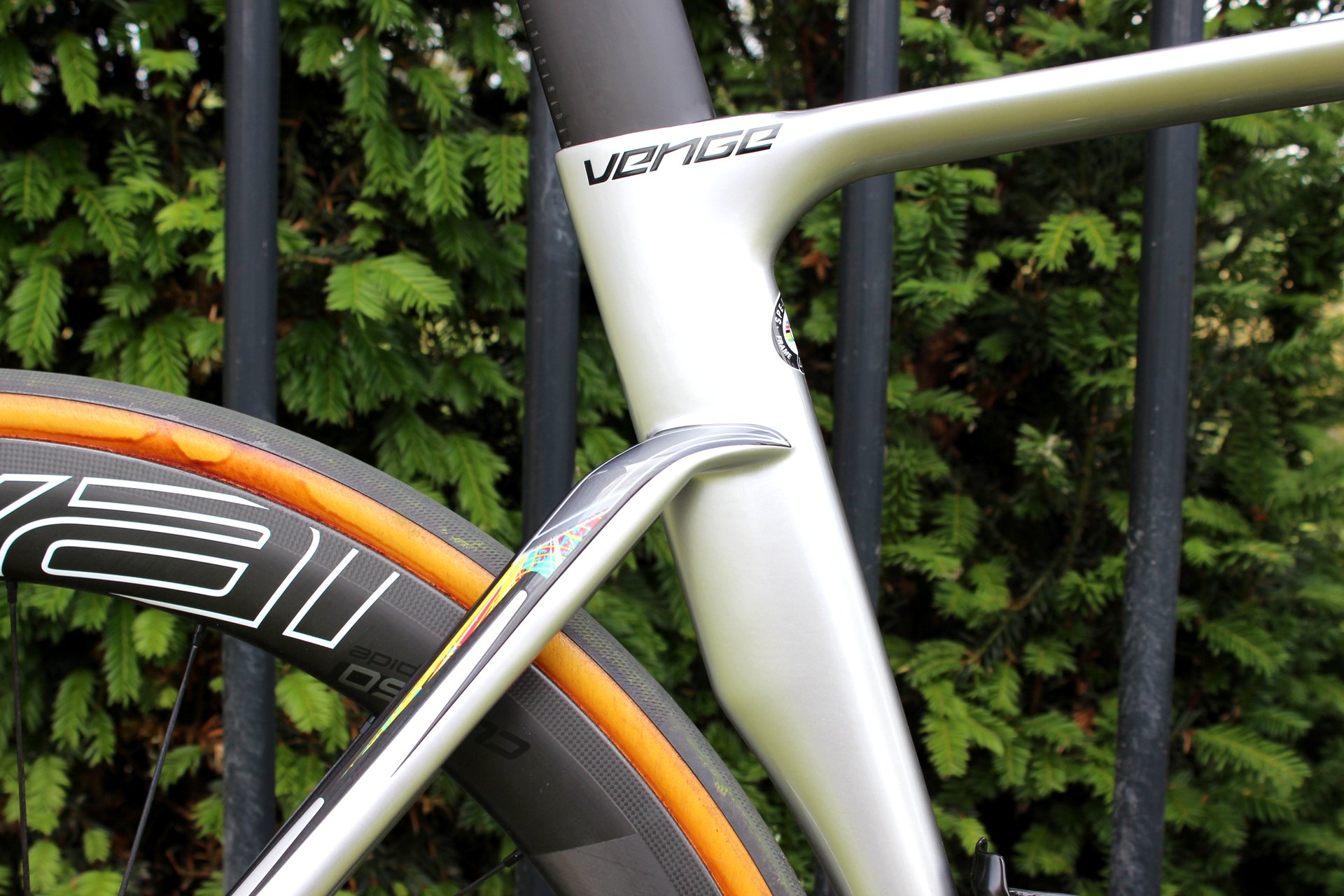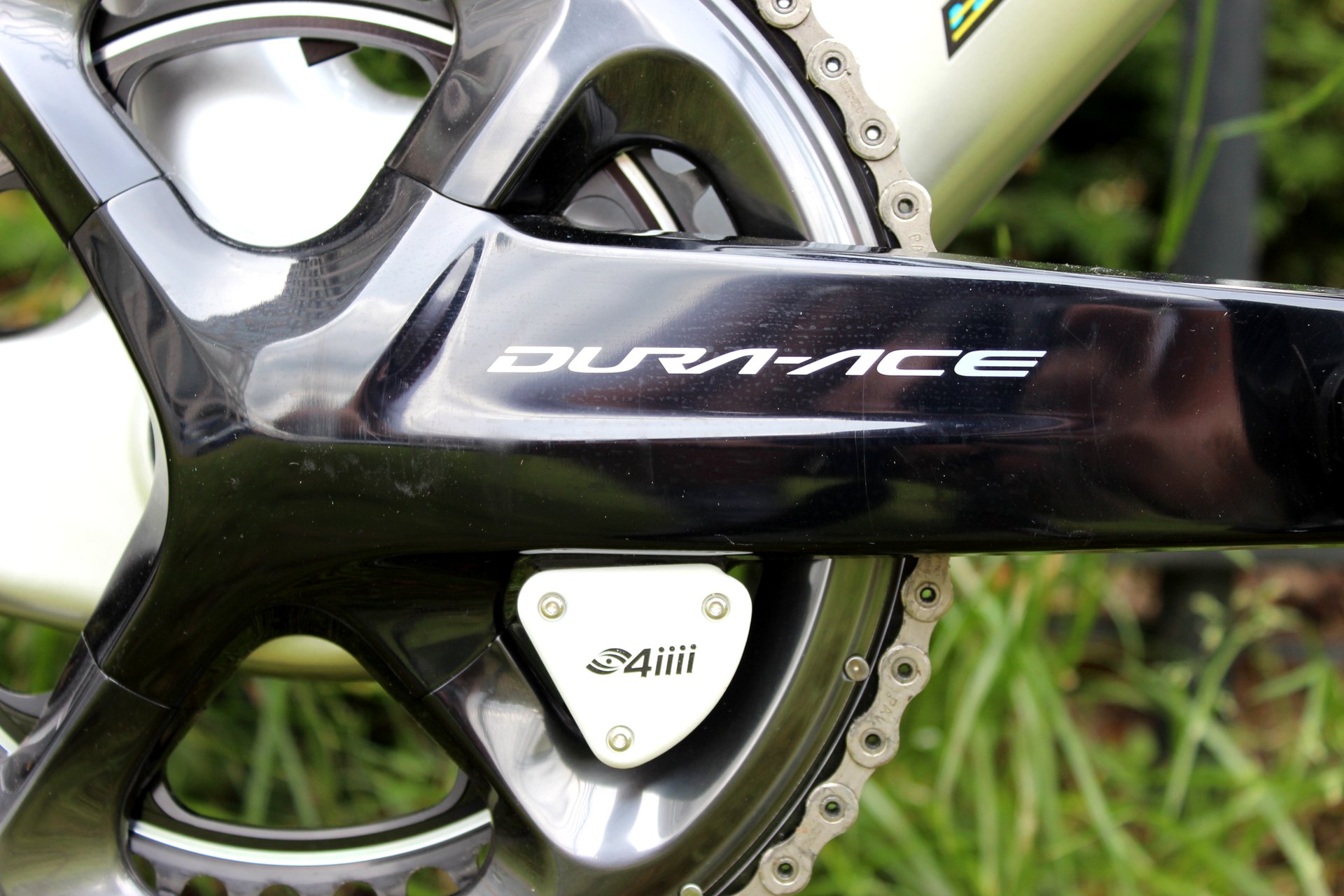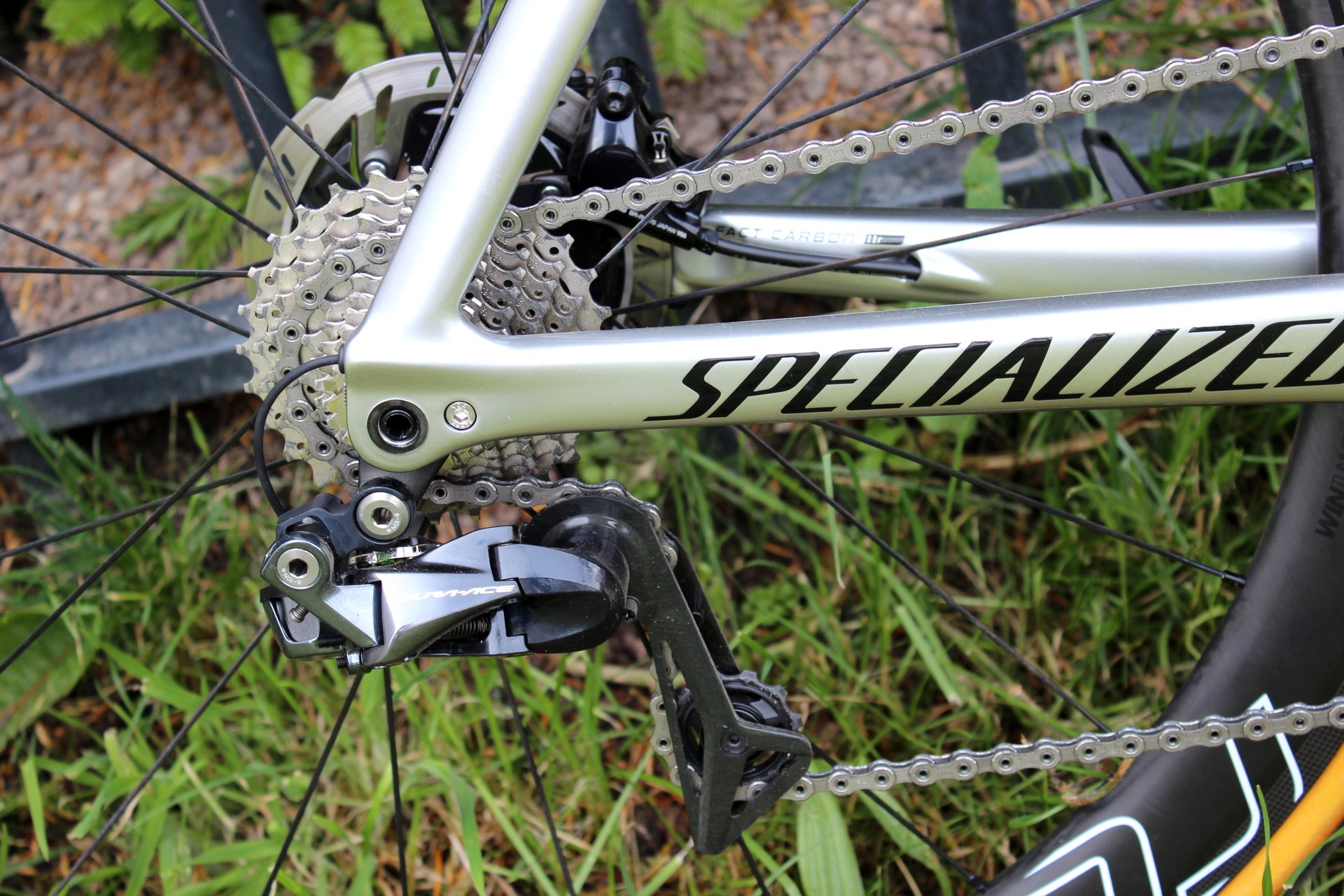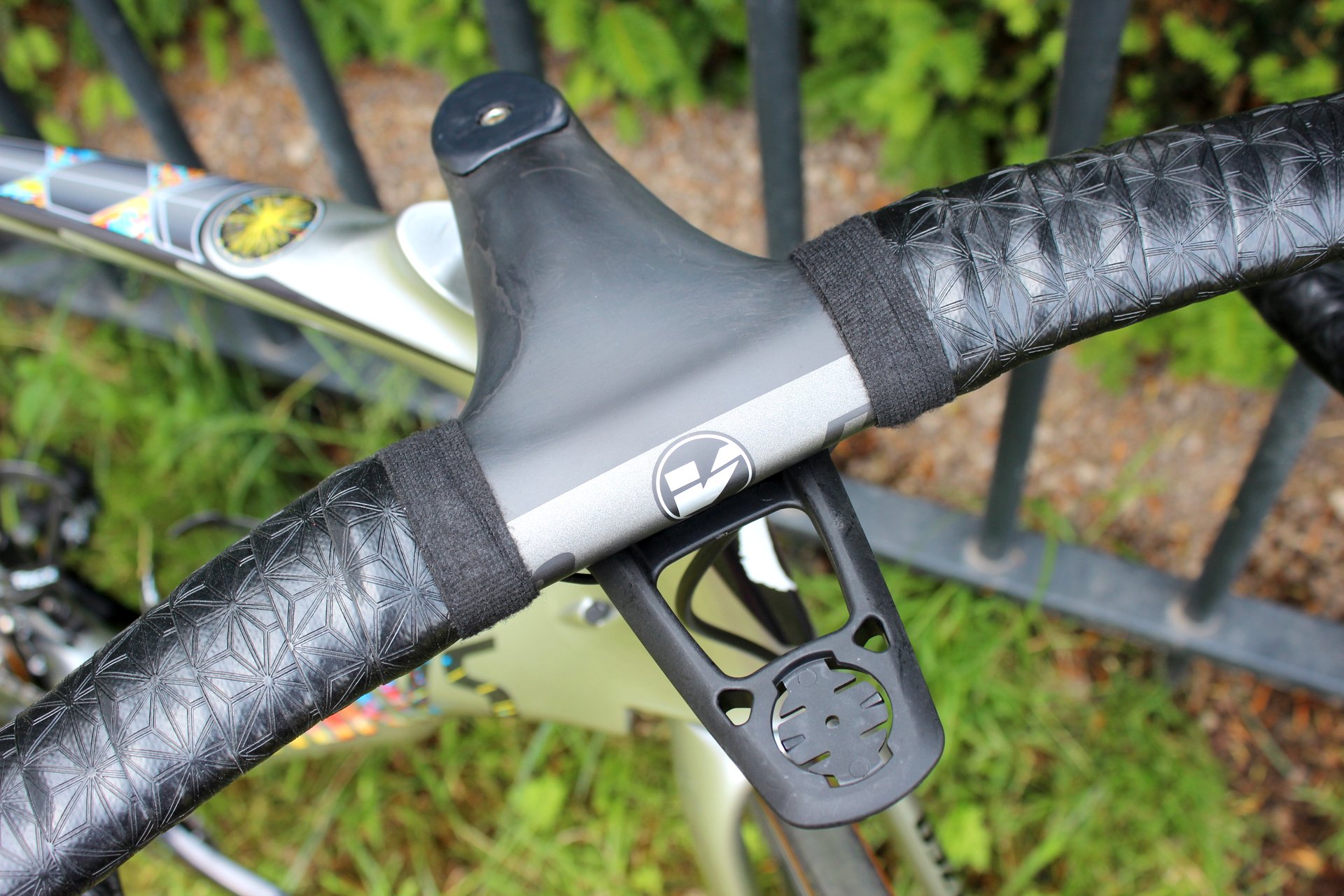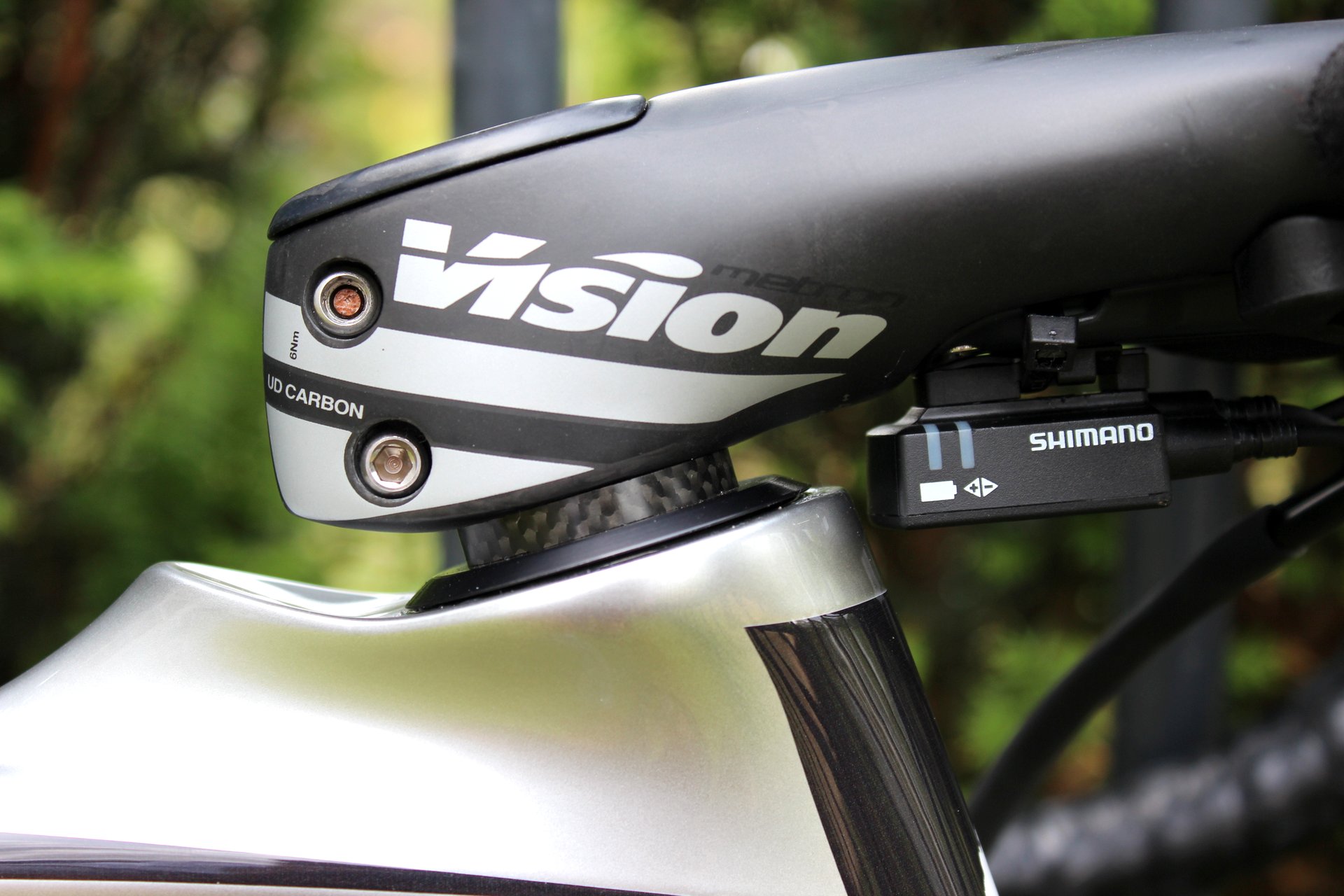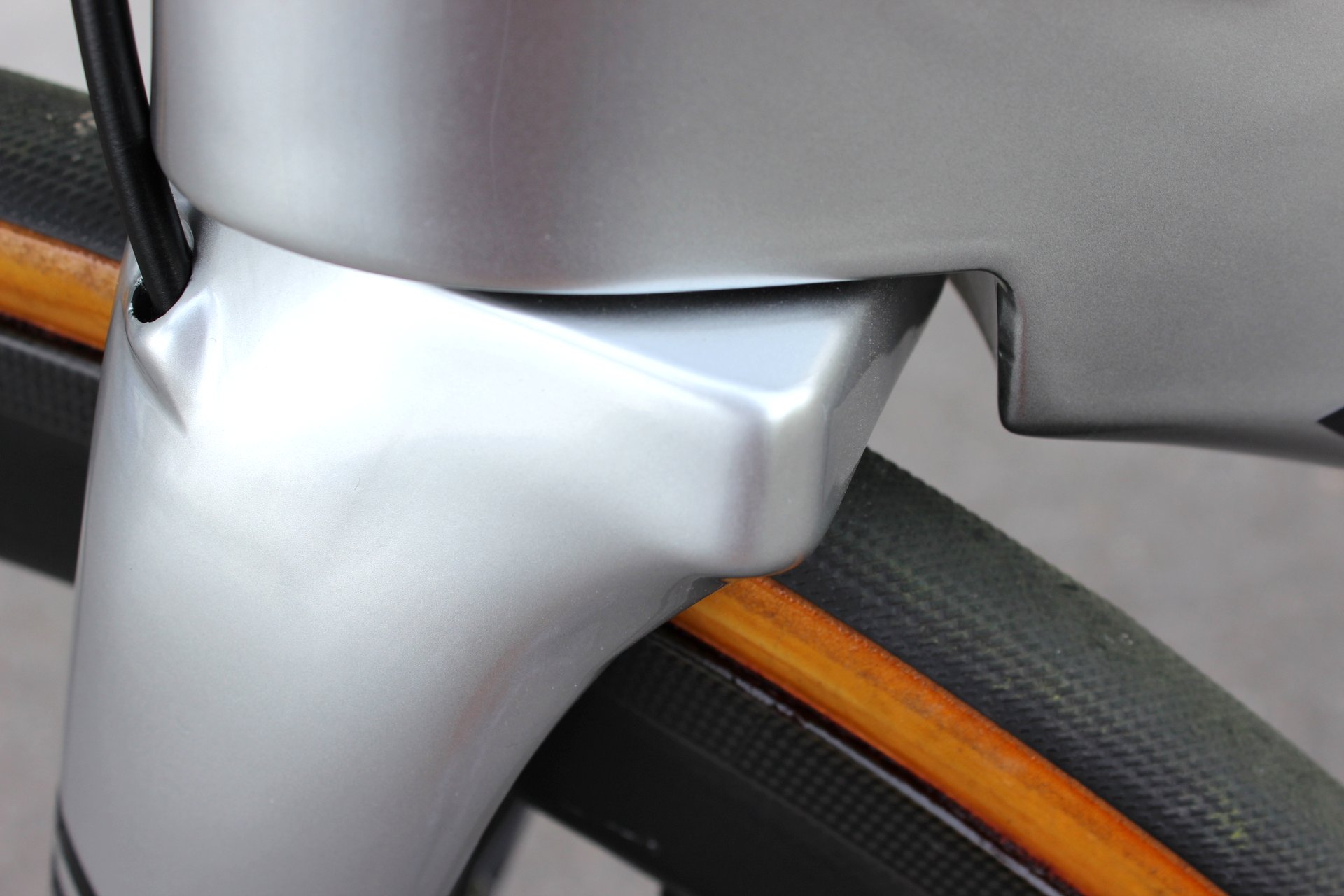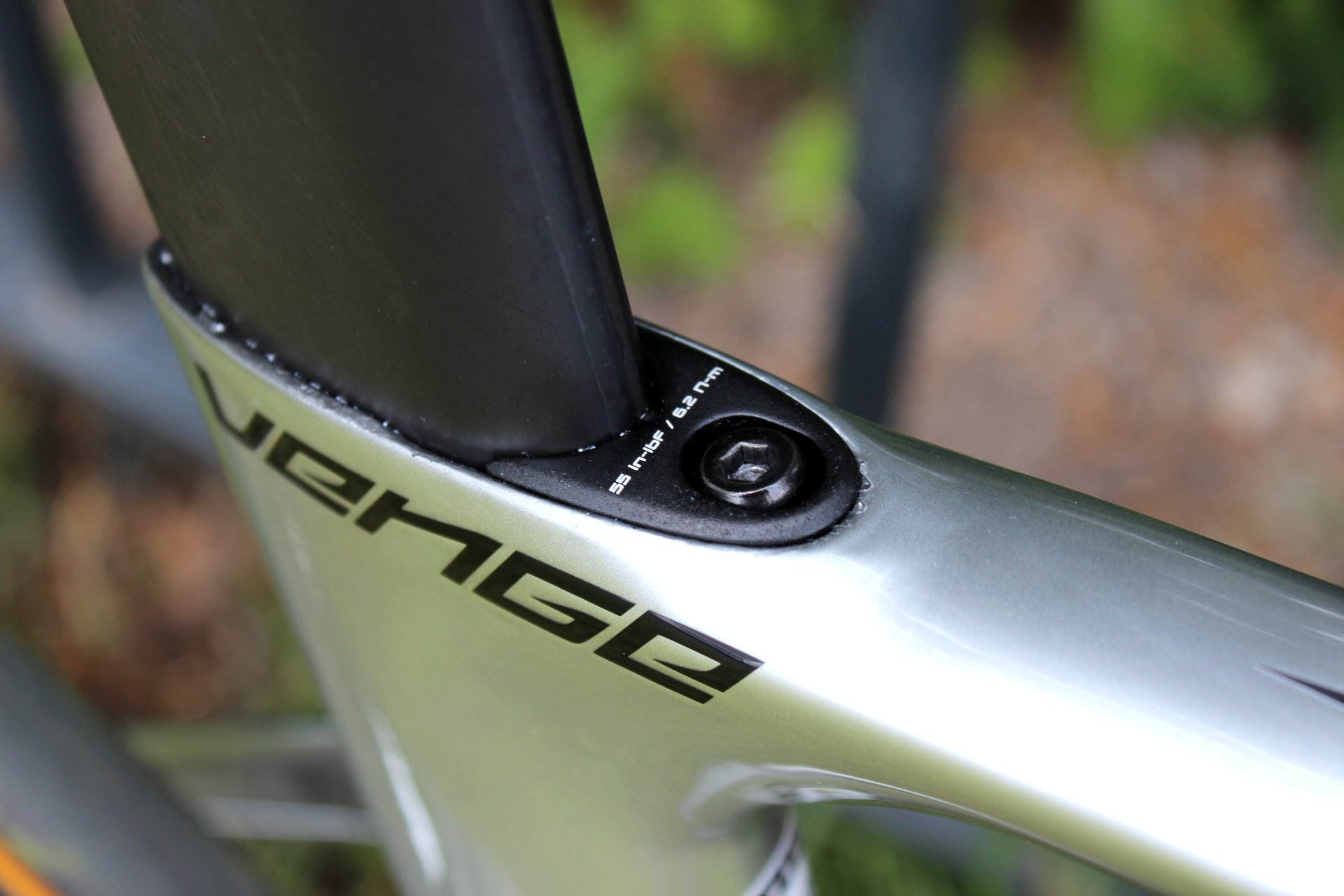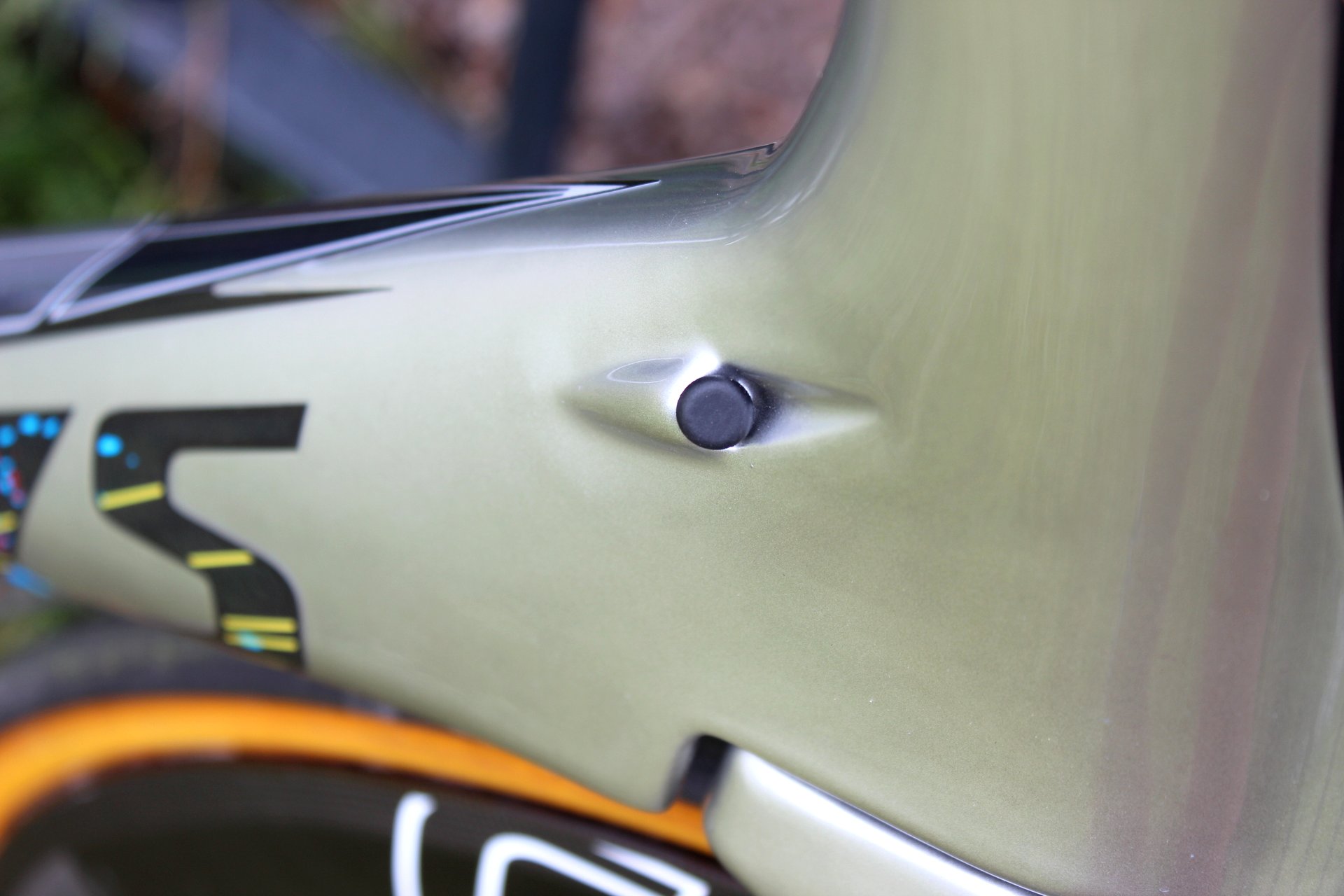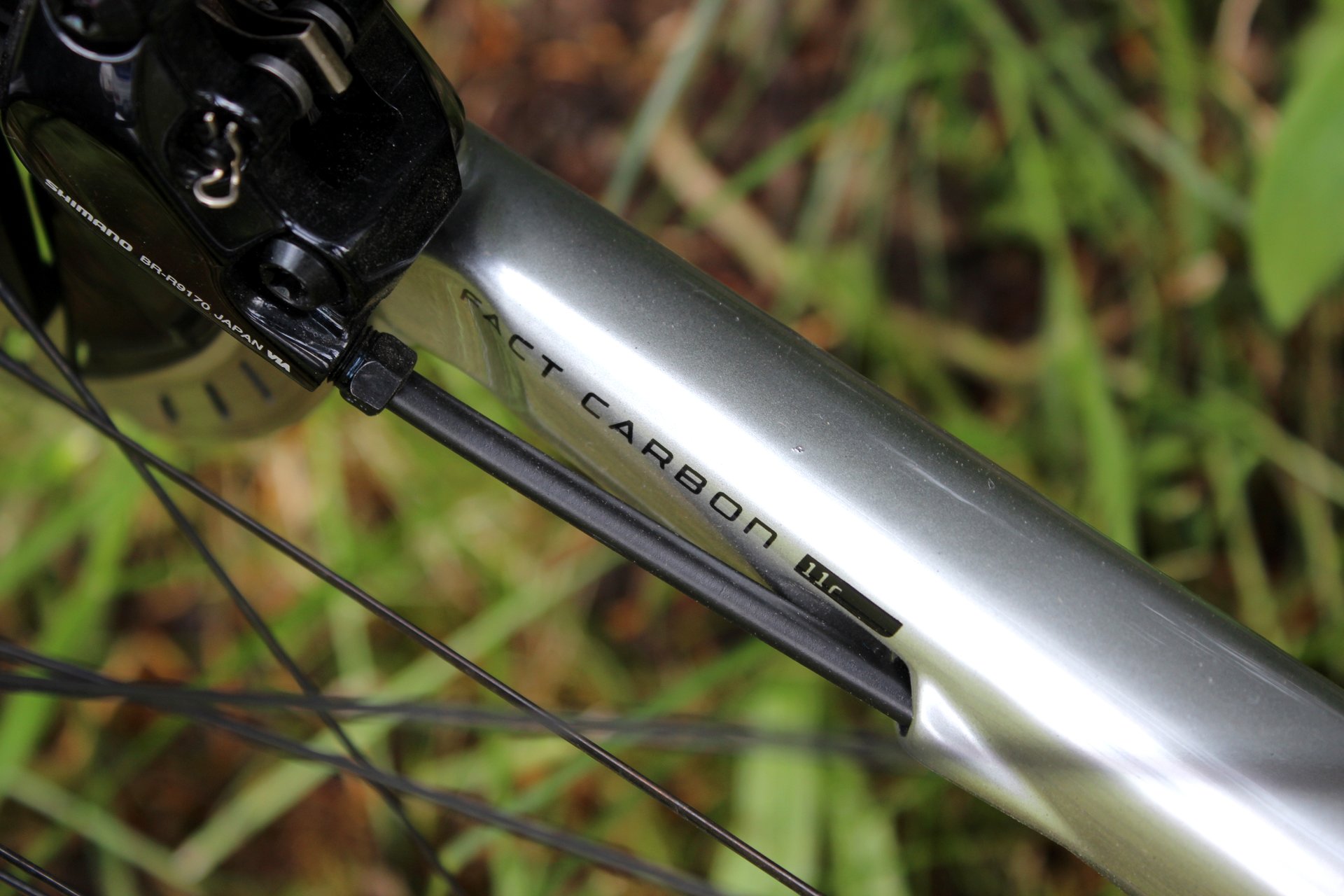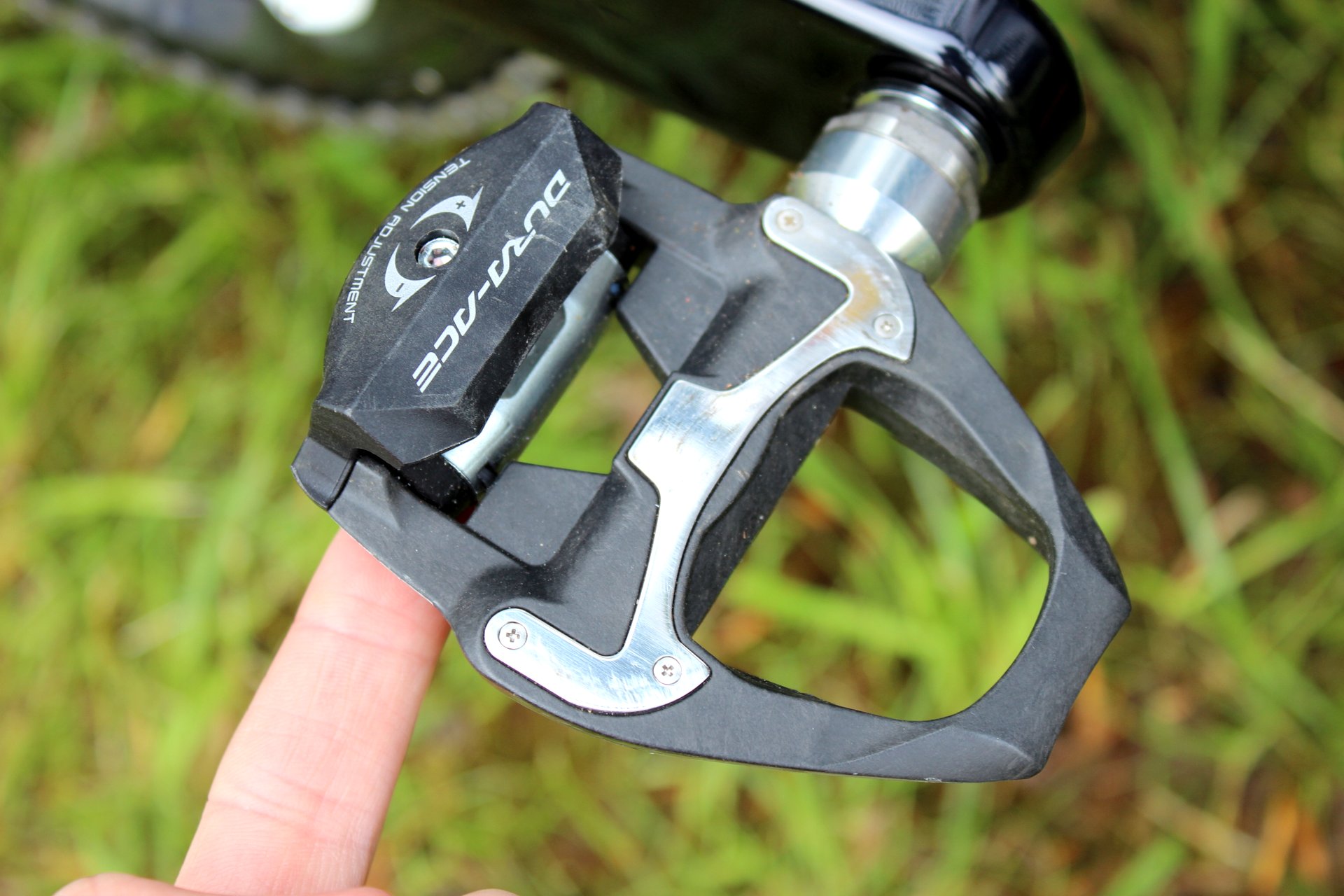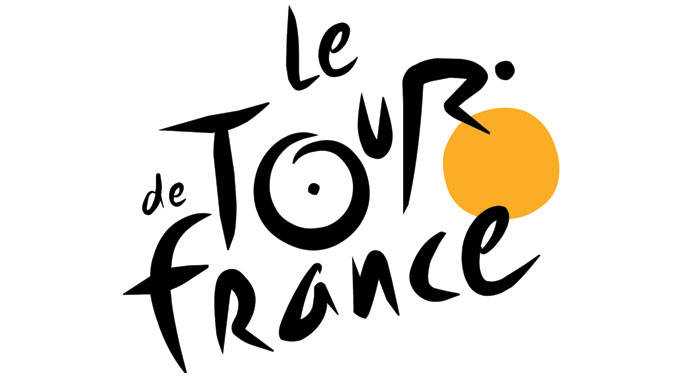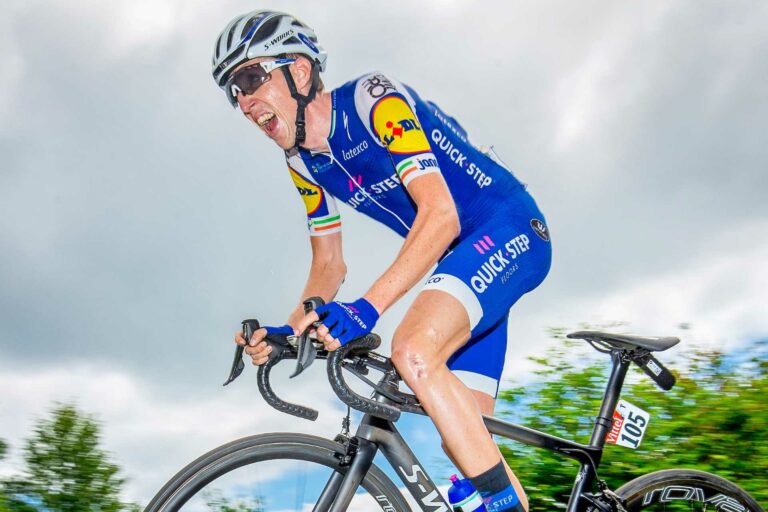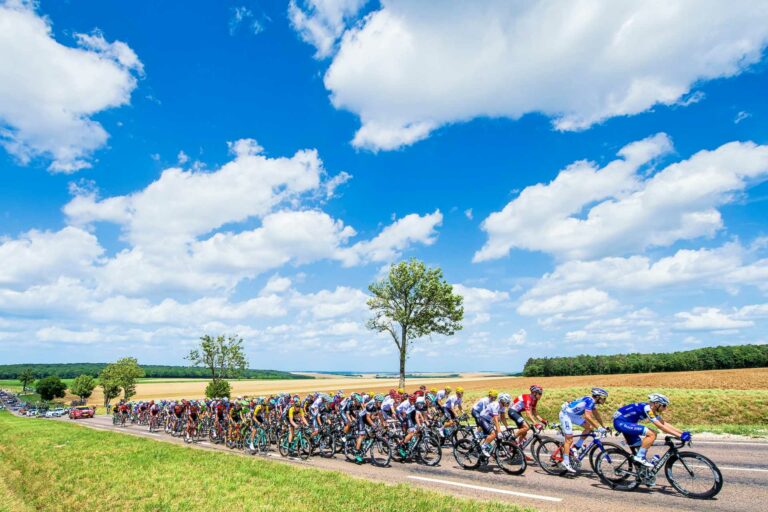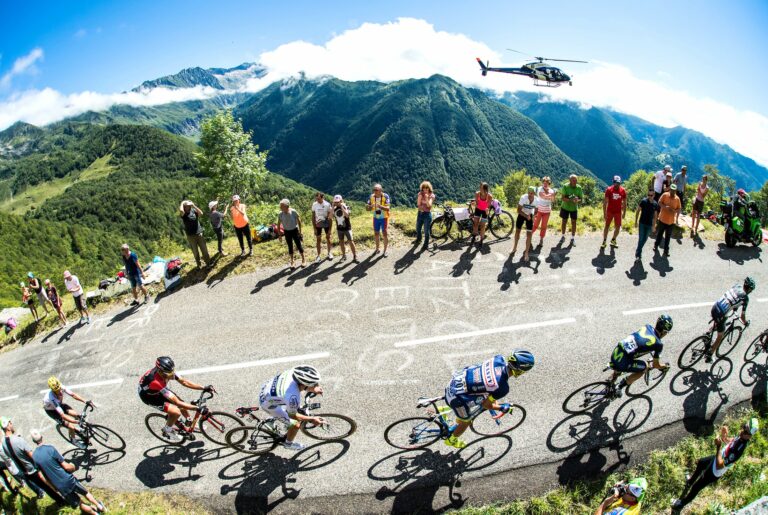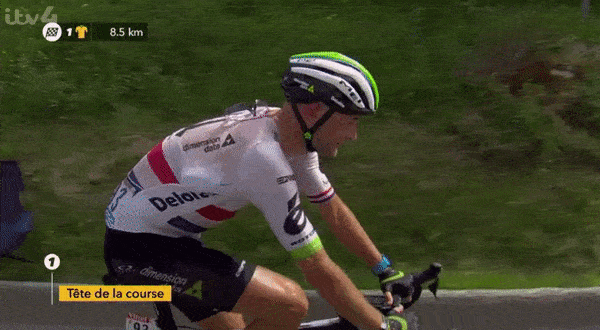Update (11/07/17): Marcel Kittel has now won four stages of the 2017 Tour de France.
While it may be overstating the case for disc brakes to say Marcel Kittel ‘made history’ by becoming the first rider to win a stage of the Tour de France on a disc-equipped bike, the German’s stage two victory aboard this Specialized Venge ViAS Disc was certainly a significant milestone for the technology.
While it’s fair to say some pro cyclists are fairly cool about the idea of disc brakes, sprinters seem a little more receptive. Tom Boonen became the first pro to win a race using disc brakes back in January, while we only spotted two other disc-equipped bikes at the 2017 Tour’s Grand Départ, besides Kittel’s machine, and they belonged to fellow fast men Michael Matthews (watch out for a pro bike feature on his new Giant Propel Disc) and Alexander Kristoff, who has the Canyon Aeroad CF SLX Disc in his armoury for the Tour.
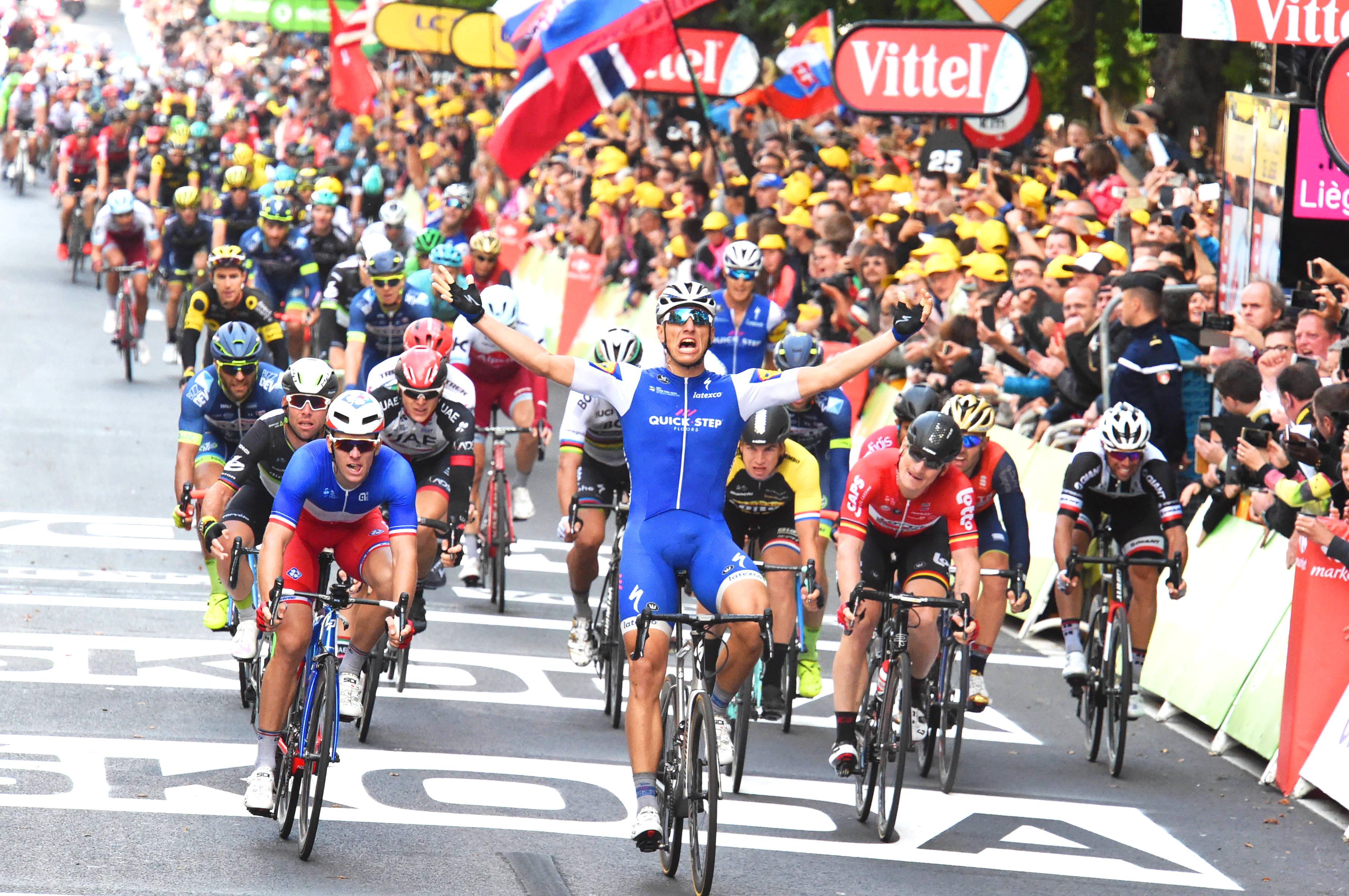
The problem with disc brakes, as far as pro riders are concerned, is the extra weight they add, whether as a result of the hardware itself or the additional material required in the frame to cope with the torque created by the caliper and rotor. However, on relatively flat sprint stages, that’s not so much of an issue. As for additional drag, Specialized claim the penalty is small – between two and four seconds over 40km, depending on the wind angle.
While Kittel rode (and won on) the Venge ViAS Disc back in February, that bike was equipped with Shimano’s non-series disc brakes. This Tour de France bike has the latest Shimano Dura-Ace R9170 disc brakes, however.
– Tour de France 2017: Marcel Kittel sprints to stage two win –
So without further ado, let’s take a closer look at Marcel Kittel’s Tour de France stage-winning Specialized Venge ViAS Disc. Oh and did we not mention? It’s got a custom paintjob, too.

